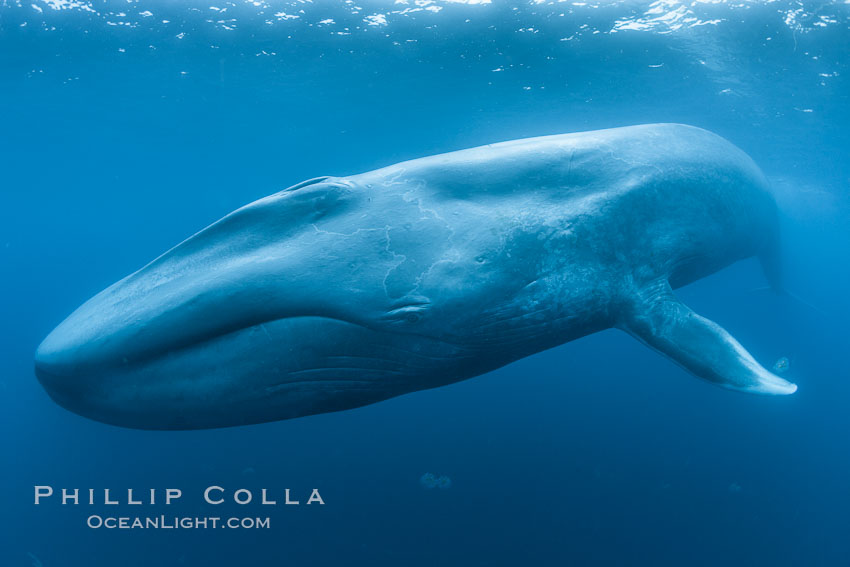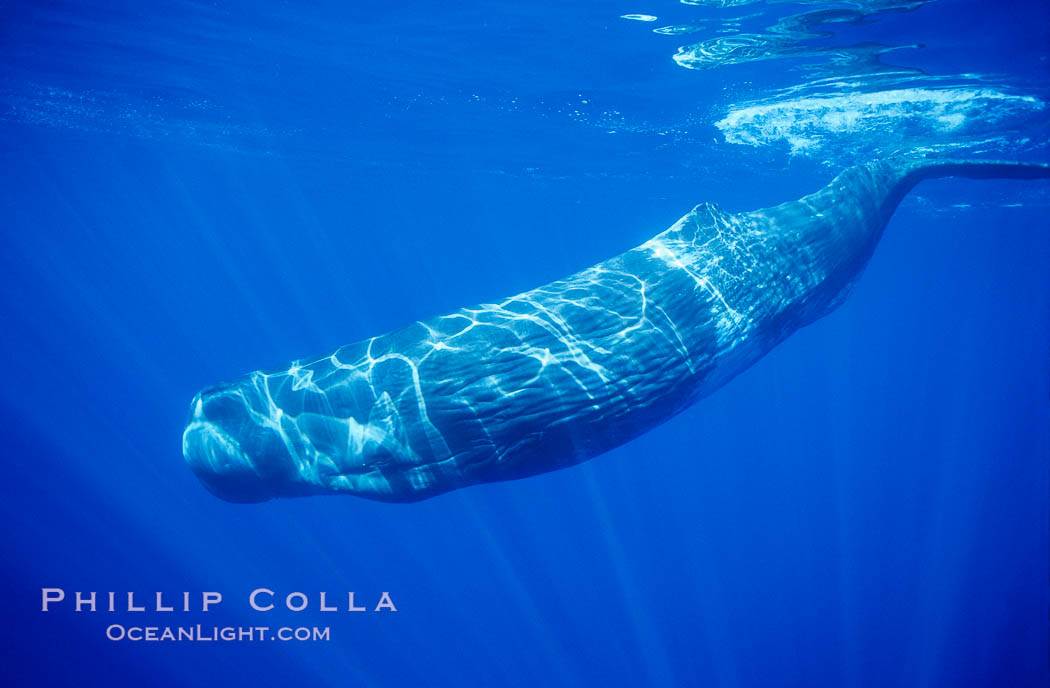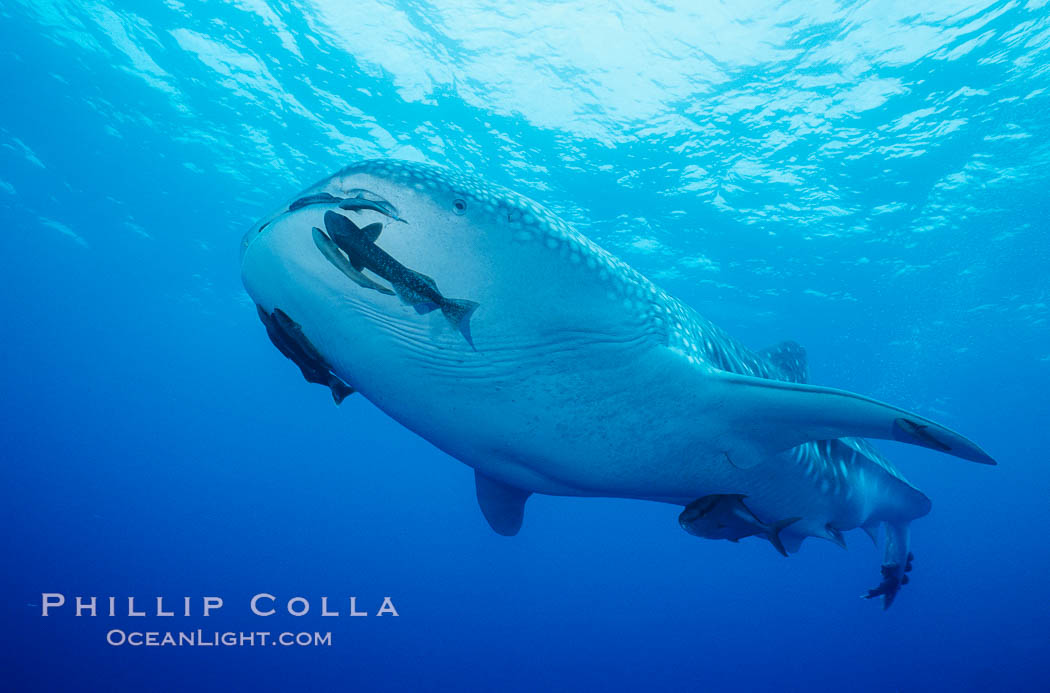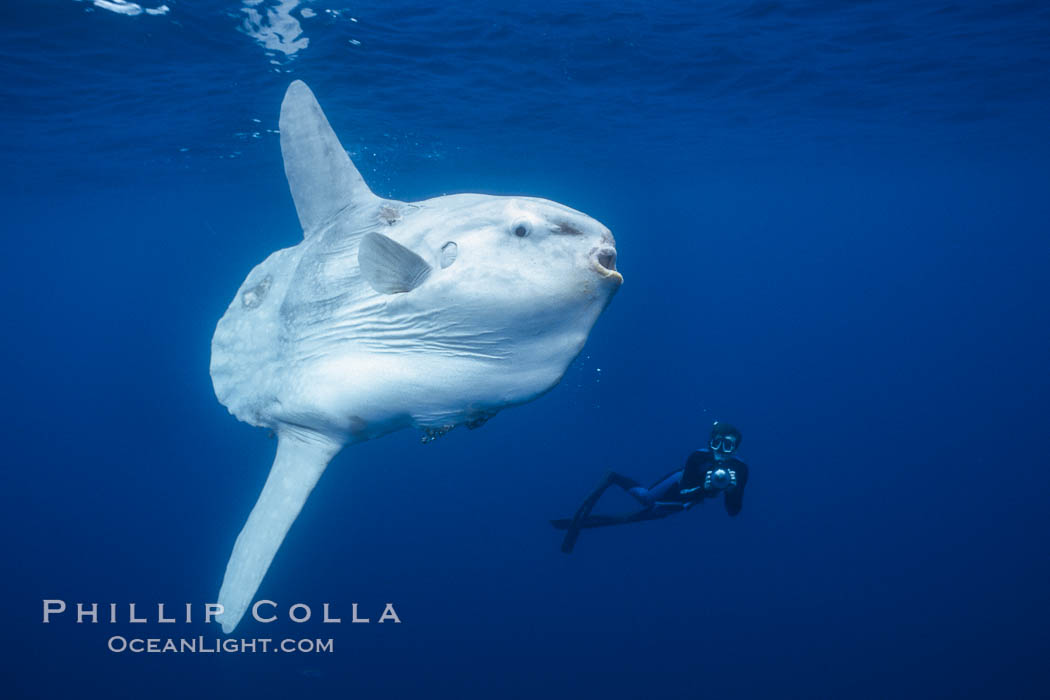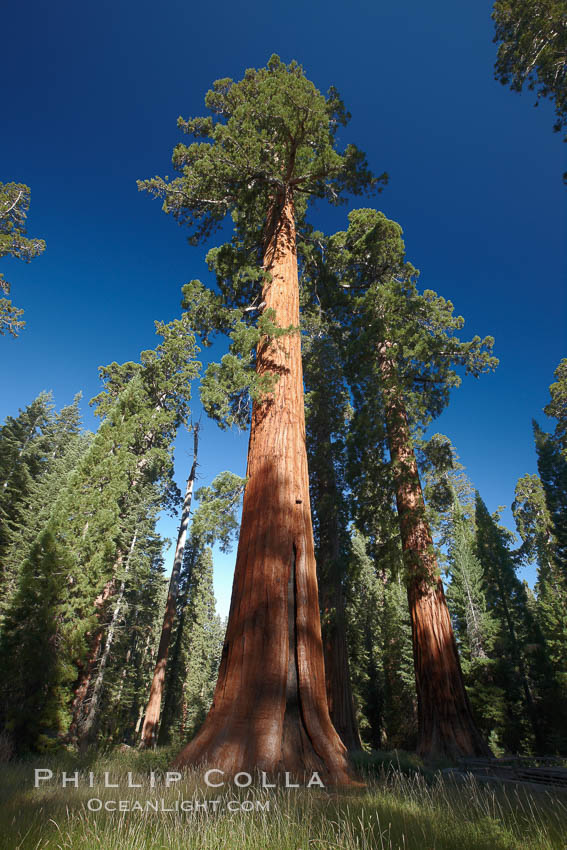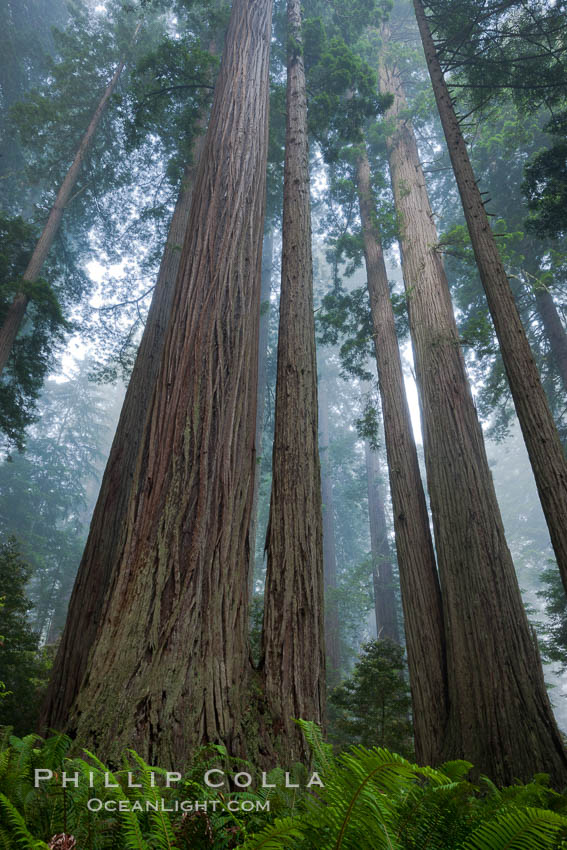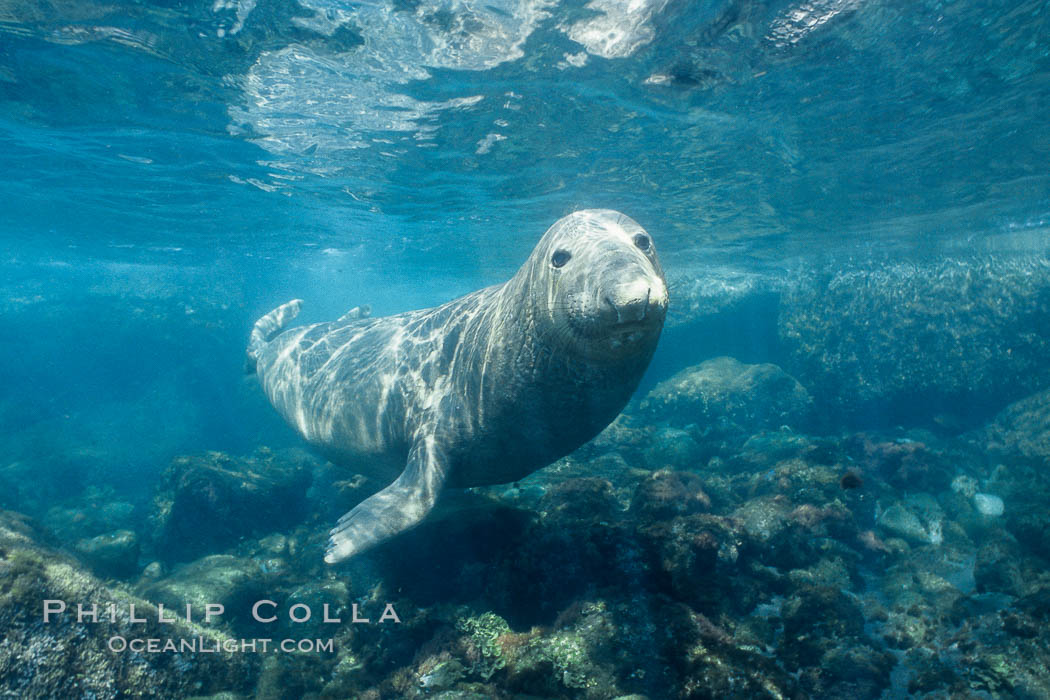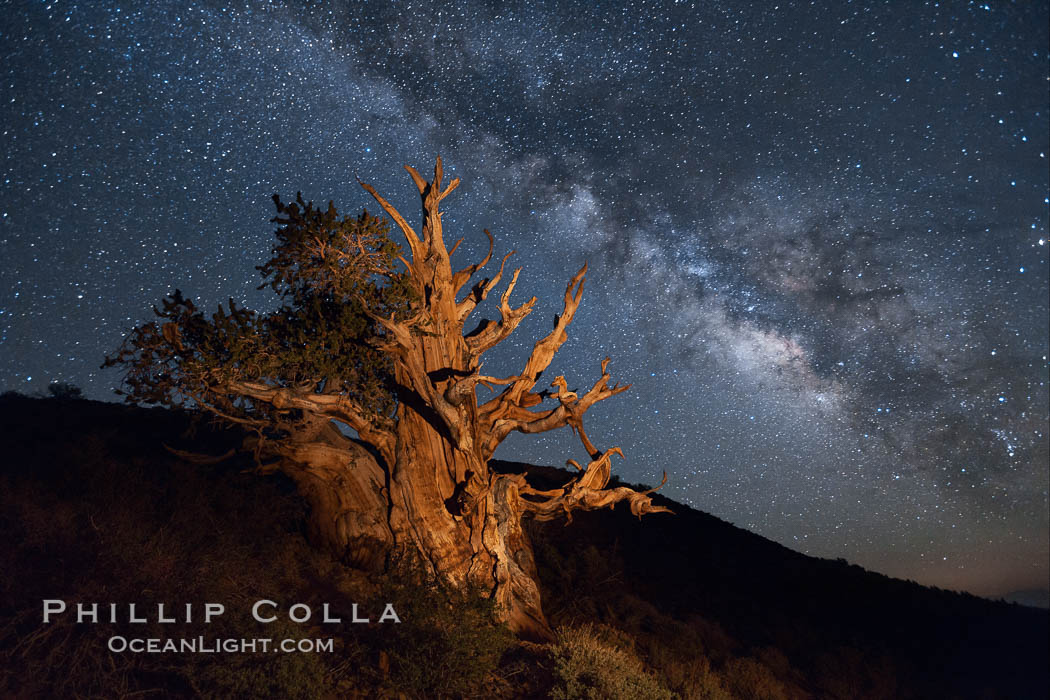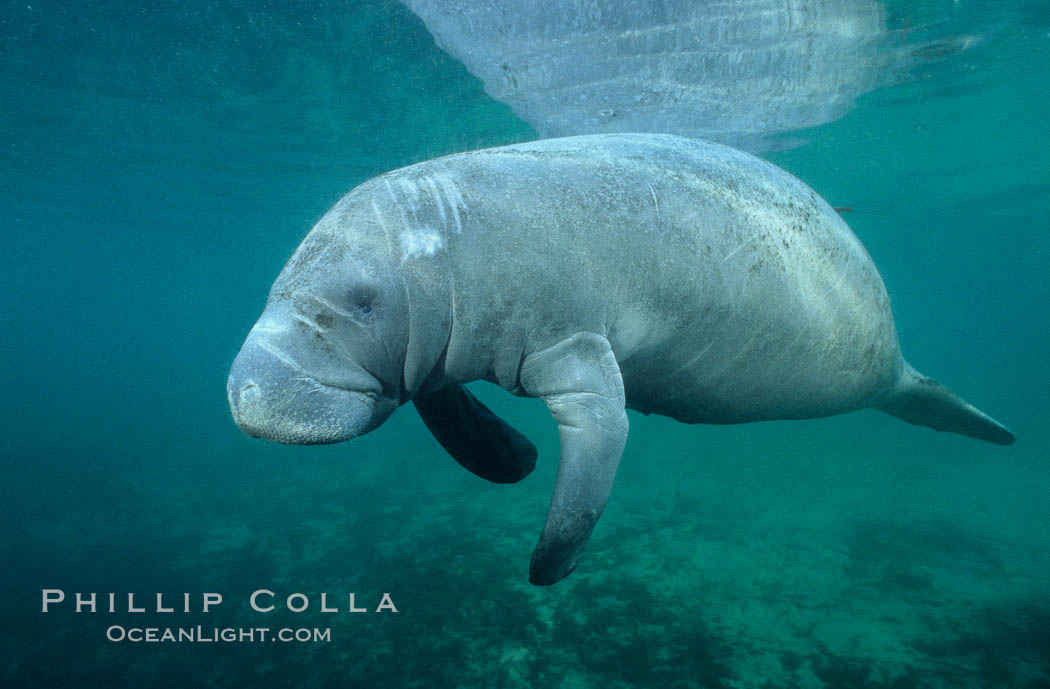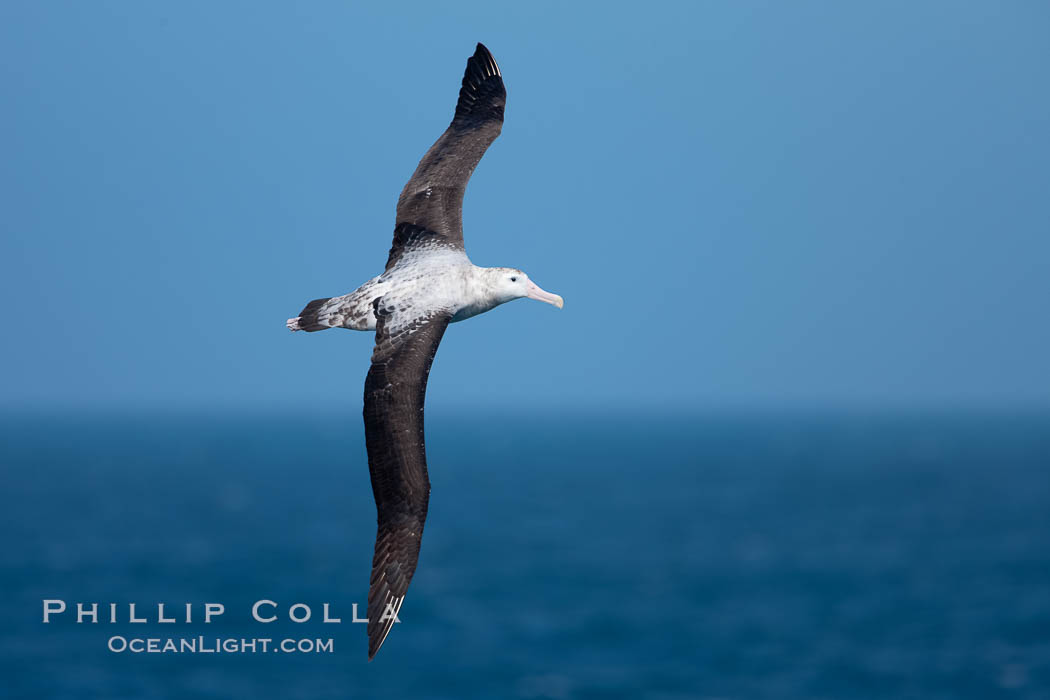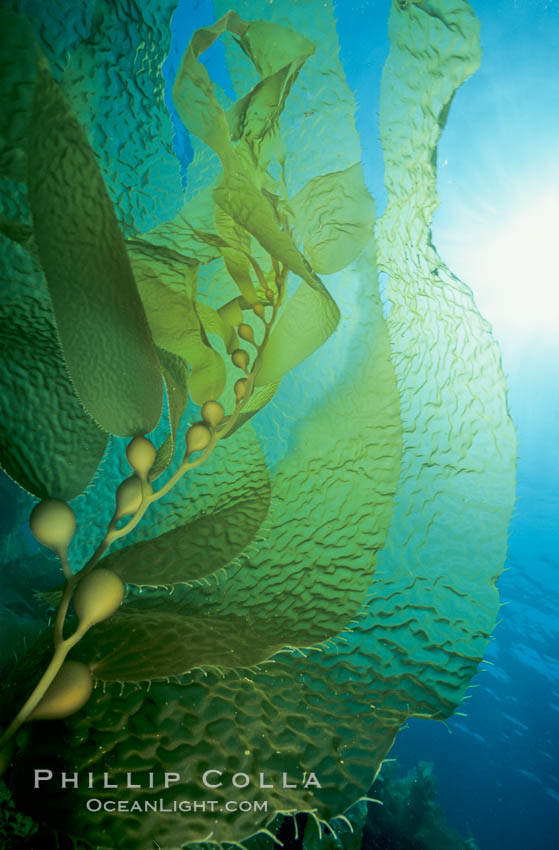The World’s Greatest Photo Subjects. I’m going big with this blog entry! After 20 years of making photographs, I realized I have had the good fortune of seeing some of Earth’s greatest natural history spectacles with my own eyes. I looked back and made a list of eleven of the subjects I have photographed that qualify as the “World’s Greatest” in some way.
1) The Largest Animal Ever to Inhabit Earth – The Blue Whale. Of all the photographic subjects I have pursued, my collection of blue whale photos is perhaps the group of which I am most proud. These were all made in cold California water, often in visibility so poor that the entire 80′ whale could not be seen at once, and usually miles from shore in sometimes rough seas. I made my first blue whale photo 18 years ago and it has taken a lot of focus and effort in the intervening years to produce the subsequent images. Words cannot describe what the experience of being near a blue whale in its element is like. If I never see another blue whale in my life, I will still consider myself a lucky underwater photographer. More blue whale photos.
Blue whale underwater photo showing entire whale head (rostrum) to tail (fluke). This picture of a blue whale shows it swimming through the open ocean, a rare underwater view. Specialized underwater camera gear, including an extremely wide lens, was used to capture the entire enormous whale in a single photograph.
Image ID: 27300
Species: Blue whale, Balaenoptera musculus
Location: California, USA
2) The Largest Toothed Whale (Odontocete) in the World – The Sperm Whale. 16 years ago I was involved with a television production in the Azores, filming sperm whales for Tokyo Broadcasting System. We spent a month at sea near Sao Miguel Island on a 150-year-old sardine trawler, the Silvery Light, following sperm whales with our hydrophones and filming them when they were at the surface. I had a few opportunities to shoot stills too. Nowadays photos of sperm whales are common with tour groups in the Caribbean taking people up close to these astounding, deep-diving animals. Ogasawara in Japan is also well known for sperm whale encounters, and of course the Azores.
Sperm whale.
Image ID: 02078
Species: Sperm whale, Physeter macrocephalus
Location: Sao Miguel Island, Azores, Portugal
3) The Largest Cartilaginous Fish in the World – The Whale Shark. Reaching over 40′ (12m) in length and up to 24 tons in size, the whale shark is a true giant. However, it eats planktonic food and small fish, has no teeth, and is generally considered harmless. Most divers consider seeing a whale shark underwater a highlight of their diving career. I’ve seen a few, all but one of them in the Galapagos Islands.
A whale shark swims through the open ocean in the Galapagos Islands. The whale shark is the largest shark on Earth, but is harmless eating plankton and small fish.
Image ID: 01520
Species: Whale shark, Rhincodon typus
Location: Darwin Island, Galapagos Islands, Ecuador
4) The Largest Bony (Teleost) Fish in the World – The Ocean Sunfish. California has to be the best place in the world to see the odd ocean sunfish, Mola mola. Some years the waters off our coast are plugged with sunfish in seemingly uncountable numbers, and other times they are nowhere to be seen. The species Mola mola grows to 11′ (3.3m) in length and over 2 tons in size. They are found not only at the ocean surface but are also known to swim as deep as 2000′ (600m) in search of pelagic zooplankton (jellyfish) which are their normal diet. While offshore looking for whales we have often found ocean sunfish, many times they are swimming near clumps of drifting kelp seeking to be cleaned of parasites by the smaller fish that inhabit the kelp.
Ocean sunfish and freediving photographer, open ocean.
Image ID: 03491
Species: Ocean sunfish, Mola mola
Location: San Diego, California, USA
5) The Largest Tree in the World – The Giant Sequoia Tree. I remember my first hikes as a kid among giant sequoia trees, being astounded by how massive the trunk of this species can be. They can be quite old, living 3500 years, but are not the oldest of trees. And while they are not quite the tallest trees in the world, they are easily the largest in terms of volume, reaching a height of 311′ (95m) and 56′ (17m) in diameter. That’s huge! They are only found in 68 groves in the western slopes of the Sierra Nevada in California, where soil and moisture are just right.
A giant sequoia tree, soars skyward from the forest floor, lit by the morning sun and surrounded by other sequioas. The massive trunk characteristic of sequoia trees is apparent, as is the crown of foliage starting high above the base of the tree.
Image ID: 23259
Species: Giant sequoia tree, Sequoiadendron giganteum
Location: Mariposa Grove, Yosemite National Park, California, USA
6) The Tallest Tree in the World – The Coastal Redwood Tree. A few summers ago, we took a family vacation in Redwood National Park. It was our first time seeing the magnificent Coastal Redwood Trees that inhabit the mist-shrouded groves along the coastal region of northern California. These skyscrapers reach 379′ (115m) in height and live to be 1800 years in age. Unfortunately, over 95% of the original old-growth redwood forest has been cut for lumber, but much of the remaining trees are protected now.
Giant redwood, Lady Bird Johnson Grove, Redwood National Park. The coastal redwood, or simply ‘redwood’, is the tallest tree on Earth, reaching a height of 379′ and living 3500 years or more. It is native to coastal California and the southwestern corner of Oregon within the United States, but most concentrated in Redwood National and State Parks in Northern California, found close to the coast where moisture and soil conditions can support its unique size and growth requirements.
Image ID: 25795
Species: Coast redwood, giant redwood, California redwood, Sequoia sempervirens
Location: Redwood National Park, California, USA
7) The Largest Pinniped in the World – The Elephant Seal. I have encountered elephant seals, the giants of the pinniped world and some of the ocean world’s deepest divers, along the west coast of North America, at remote Mexican islands off the coast of Baja California, and in the Falkland Islands and Antarctica. These remarkable animals reach a length of 16′ (5m) and weigh over 3 tons! The southern species is a little larger than the northern species, but the natural history and behavior of the two species is quite similar. Shown below is a juvenile elephant seal underwater, in the clear waters of Guadalupe Island. One of my proudest moments diving and photographing in the ocean was being pinned on the bottom in about 5′ of water at the San Benito Islands by several inquisitive elephant seals. The moving water and approaching seals conspired, and I ended up below two of the gargantuan, soft, itchy beasts, my back pressed to the sand bottom, holding my breath, wondering if I would be released before I passed out. Soon enough another wave passed through and moved us all in such a way that I was able to slip away unscathed and much relieved. I am sure the elephant seals were not aggressive for had they been they could have easily hurt me. I also suspect they were not interested in mating with me, but I did not stick around long enough to ask.
A northern elephant seal hovers underwater over a rocky bottom along the coastline of Guadalupe Island.
Image ID: 03505
Species: Elephant seal, Mirounga angustirostris
Location: Guadalupe Island (Isla Guadalupe), Baja California, Mexico
8) The Oldest Organism on Earth – The Ancient Bristlecone Pine Tree. High in the White Mountains of eastern California is found one of my favorite trees, the bristlecone pine. These trees are truly extreme, living at an altitude of 10,000′ to 11,000′ (3000-3400m) and living more than 4,750 years! I find it amazing to think of the history that has passed by, the changes that have occurred on Earth, the river of humanity that has come and gone, all while these old trees have persisted atop the crest of the White Mountains. Some of the bristlecones I have photographed were alive and already old when Jesus lived and when the Caesars ruled. I recently photographed bristlecones under the Milky Way, and the juxtaposition of these two ancient natural spectacles was moving.
Stars and the Milky Way rise above ancient bristlecone pine trees, in the White Mountains at an elevation of 10,000′ above sea level. These are some of the oldest trees in the world, reaching 4000 years in age.
Image ID: 27772
Species: Bristlecone Pine, Pinus longaeva
Location: Ancient Bristlecone Pine Forest, White Mountains, Inyo National Forest, California, USA
9) The Largest Sirenian in the World – The West Indian Manatee. Florida Manatees, those adorable and ugly potato-like animals found in Florida and the Caribbean, reach weights of 1300 lbs and 15′ (4.5m) in length. I spent a week photographing manatees in Florida in the 90’s and had a great time but was dismayed to see a number of these gentle giants exhibiting prop scars from passing motorboats. Manatees are classified as an endangered species and receive protection from both the Marine Mammal Protection Act and the Endangered Species Act.
A Florida manatee, or West Indian Manatee, swims slowly through the clear waters of Crystal River.
Image ID: 02696
Species: West Indian manatee, Trichechus manatus
Location: Three Sisters Springs, Crystal River, Florida, USA
10) The Largest Wingspan of any Living Bird in the World – The Wandering Albatross. The only time I have seen the Wandering Albatross, one of the most impressive seabirds on Earth, was while making the lonely and long crossing from the Falkland Islands to South Georgia Island. With a wingspan of up to 12′ (3.7m) the Wandering Albatross can fly for several hours without beating its wings, using the uplift from passing ocean swells to keep it aloft. The oft-quoted ornithologist Robert Cushman Murphy said it well upon sighting his first Wandering Albatross in 1912: I now belong to a higher cult of mortals, for I have seen the albatross!
Wandering albatross in flight, over the open sea. The wandering albatross has the largest wingspan of any living bird, with the wingspan between, up to 12′ from wingtip to wingtip. It can soar on the open ocean for hours at a time, riding the updrafts from individual swells, with a glide ratio of 22 units of distance for every unit of drop. The wandering albatross can live up to 23 years. They hunt at night on the open ocean for cephalopods, small fish, and crustaceans. The survival of the species is at risk due to mortality from long-line fishing gear.
Image ID: 24071
Species: Wandering albatross, Diomedea exulans
Location: Southern Ocean
11) The Fastest Growing Organism on Earth – Giant Kelp, Macrocystis pyrifera. Giant kelp, Macrocystis pyrifera, is the largest of all algae, growing up to 160′ (50m) during the lifespan of a single stalk. Macrocystis can grow up to 2′ per day in optimal conditions. Giant kelp is one of the most beautiful underwater habitats in which to dive, and my favorite place to take pictures underwater (when not around animals!).
Kelp frond showing pneumatocysts.
Image ID: 00627
Species: Giant kelp, Macrocystis pyrifera
Location: San Clemente Island, California, USA
